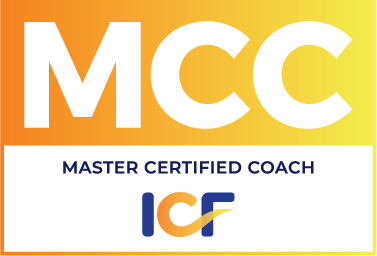Because we are not usually encouraged to give feedback, it can be helpful to develop a culture in which feedback is freely given and received. There are two main reasons for the lack of desire, willingness and/or ability to give and receive feedback: (1) we don’t talk about it and we usually don’t do it, so there is little comfort around doing it; (2) most people view feedback as “good” or “bad” and viewed this way, “bad” (or “constructive”) feedback means “failure” to many people and so of course, they don’t want to hear it. (http://www.mclarencoaching.com/is-feedback-good-or-bad/)
To create a culture of feedback, you want to orient the people to whom you are giving feedback so they know what to expect. In doing this, it can be helpful to first have a discussion with everyone in your organization about (1) what feedback is and what it is not; as well as (2) the value of feedback. Ask them about their fears and reservations in giving or receiving feedback. Open up the conversation to get them comfortable. This may take some time and effort on your part as many people hear feedback as failure and deliver it as criticism.
Under the INFO model (http://www.mclarencoaching.com/how-to-give-feedback-part-i/), your important first step in inquiring is to (1) orient people to what feedback is; (2) gain their buy-in as to the value of feedback; and (3) educate yourself and others on the best way to deliver it (the INFO model). This last piece is important because many times people deliver feedback in a way that seems critical or negative and this makes others not what to hear it or listen. It is imperative that you study the INFO model, become very clear on what feedback really is, and deliver it in a responsible fashion.
Anything that desires to run smoothly needs feedback. This is in all areas – business, personal, relationships. Feedback tells you if things are working. If you don’t have feedback, you have to guess. Systems that are developing or newly created need even more feedback. When you were learning to drive a car, your feedback came in the form of the vehicle speeding up when you pressed the accelerator, slowing down when you pressed the brake. You felt a jerking when you pressed too hard on the accelerator or brake and that feedback enabled you to adjust to a smoother ride. I still receive feedback when I get too close to a curb. The feedback is the feeling of bumping into or, sometimes, running over, the curb but also my kids yelling out in surprise and laughing at my  driving abilities.
driving abilities.
Note as you consider these definitions and examples of feedback that they are not critical. They are simply offering information. And it is information that you really need. Many of us work in a feedback-poor environment, leaving us to guess if what we are doing is working or not. The most effective environment is a learning environment – one that is feedback-rich.
As you begin to implement the culture of feedback in your workplace, be sure to define it neutrally. Feedback is what I see that is helping you or not helping you. Feedback is “you were late three times this week” and “you were on time three times this week.” Feedback is “you made the basket” and “you missed the basket.” Gravity is a great example of feedback. If you lean too far forward, you will fall over. The feedback is “you leaned too far forward to stay upright.” There’s no good or bad. Just the facts. This is the way to view feedback to have it land with people in a way they can hear it and use it.
In sum, here is a suggested process for developing a culture of feedback at your office or in your family:
1. Have a meeting to discuss what feedback is. Lay out the definition including that feedback is not positive or negative. Spend most of this meeting asking what others think of feedback generally and getting their impressions, beliefs and fears. Don’t disagree with them. Just listen and let them know you are hearing what they are saying. If they have fears, listen to their fears.
2. At a subsequent meeting, once people have given buy-in for feedback, create a process for giving feedback that makes people feel comfortable. At first, it may need to be fairly formal – in a group, with supervision and ground rules about how to give feedback. Until there is a comfort level, you should proceed in this fashion. Use and teach the INFO model. It may be best to model this by asking for feedback and demonstrating how to receive feedback.
3. Ultimately employees may wish to create an open agreement about feedback in which they can all give it freely. And they may not. That is fine. You may need to stick with formal feedback sessions. The idea is to get people used to getting the information they need, and delivering the information that others need, without too much fear and discomfort.
This concludes our feedback series. Let me know what you think – provide some feedback!
“We all need people who will give us feedback. That’s how we improve.” –Bill Gates
“Feedback is the breakfast of champions.” –Ken Blanchard






